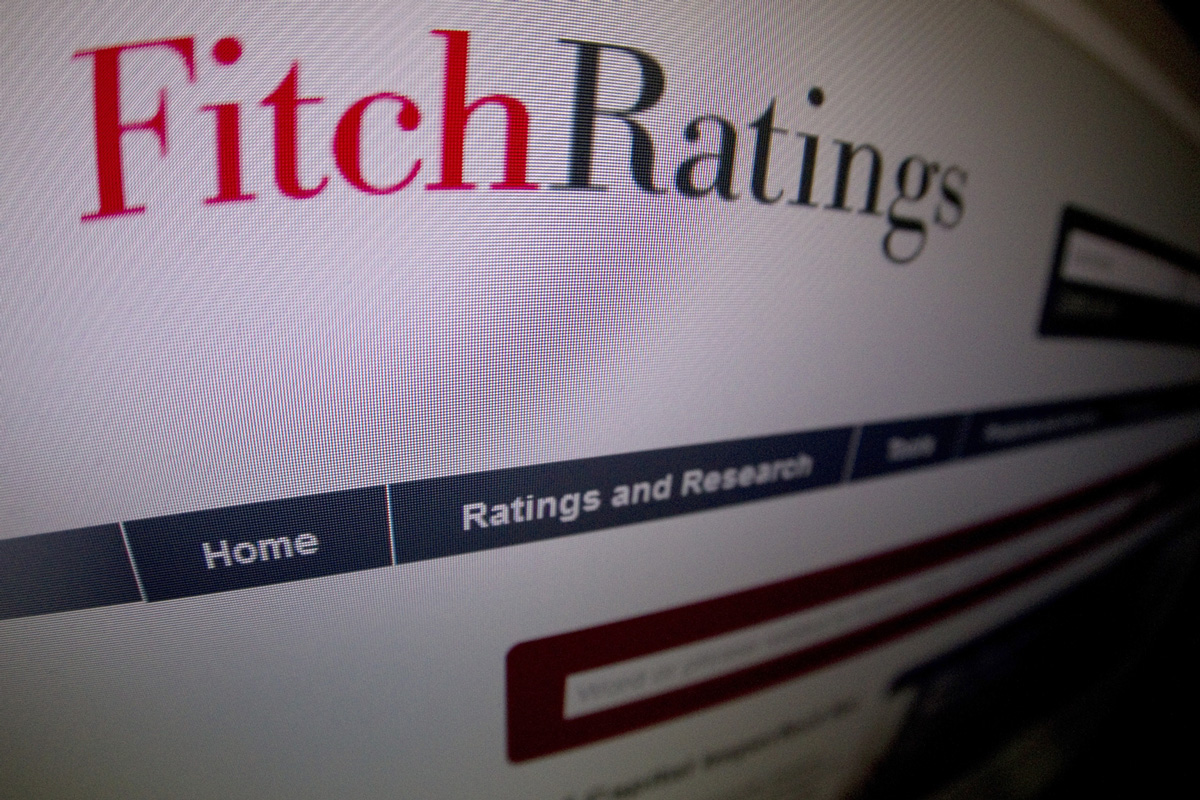India is likely to breach its fiscal deficit target in the financial year to March 2022 mainly due to revenue shortfall, Fitch Solutions said Friday.
The government is targeting a deficit between revenue it earns and what it spends at 6.8 per cent of the gross domestic product (GDP) in FY22 (April 2021 to March 2022).
Advertisement
“We at Fitch Solutions forecast the Indian central government deficit to come in at 8.3 per cent of GDP in FY22,” it said.
“Revenue shortfall remains the main driver of our wider deficit view, as we expect the government to maintain its spending targets.”
Fitch Solutions had previously projected a fiscal deficit of 8 per cent.
“The main driver of our deficit forecast revision is a downward revision to our outlook for revenues, given that the flare-up in COVID-19 cases in India and containment measures in place will hamper India’s economic recovery, which will have a negative impact on fiscal revenues,” it said.
Central government expenditure is likely to be around the project of Rs 34.8 lakh crore as it looks to maintain its high pandemic-period spending so as to bolster pace of economic recovery.
Against this, revenue is likely to come in at Rs 16.5 lakh crore, down from government estimate of Rs 17.8 lakh crore on the back of an impaired outlook for India’s economic recovery in FY22 as a result of the ongoing health crisis.
It did not expect the government to significantly expand spending beyond what has been budgeted.
Based on the FY22 Union Budget, key spending areas planned for were infrastructure (transport, urban development, and power), healthcare, agriculture, and rural development.
“However, given the flare-up in COVID-19 infections in India, which has since overwhelmed the Indian healthcare system, we expect there to be reallocation of spending in favour of healthcare spending this fiscal year,” Fitch Solutions said adding healthcare spending is projected to be Rs 74,600 crore, 2.1 per cent of total planned FY22 expenditures, and this will likely come in higher than projected.
Another area expected to see increased spending is on the rural employment scheme – Mahatma Gandhi National Rural Employment Guarantee (MGNREG) scheme.
“During the Union Budget announcement in February, it had appeared as though India had managed to contain its domestic COVID-19 outbreak and that economic activity was turning a corner on to higher growth. We believe that this was what prompted the government to slash funding for the MGNREG scheme from Rs 1.1 lakh crore in FY21 to Rs 73,000 crore in FY22.
“However, given the severity of India’s ongoing health crisis, it is likely that more funds will have to be channelled to this scheme to support the rural economy, especially given reports of lockdowns in cities and loss in work once again sending rural migrant workers back to their villages, similar to the nationwide lockdown in Q1 FY21,” it said.
Fitch Solutions said its less optimistic view on the Indian economy was also reflected in its real GDP growth forecast of 9.5 per cent in FY22, a full percentage point below the government’s 10.5 per cent projection. “A weaker economic recovery will weigh on the recovery in revenue collection.”
It forecast public debt to GDP to fall to 88 per cent in FY22, from the government’s estimate of 89.8 per cent in FY21. While public debt will continue rising, the rise in GDP will offset the rise in net borrowing.
“Rising borrowing will inevitably raise the government’s interest burden, which the government projects to be 23 per cent of expenditures in FY22, however, central bank intervention to cap long-dated borrowing yields combined with the low interest environment will somewhat aid to slow the pace in which interest burden rises,” it said adding risks are weighted towards a wider deficit.
